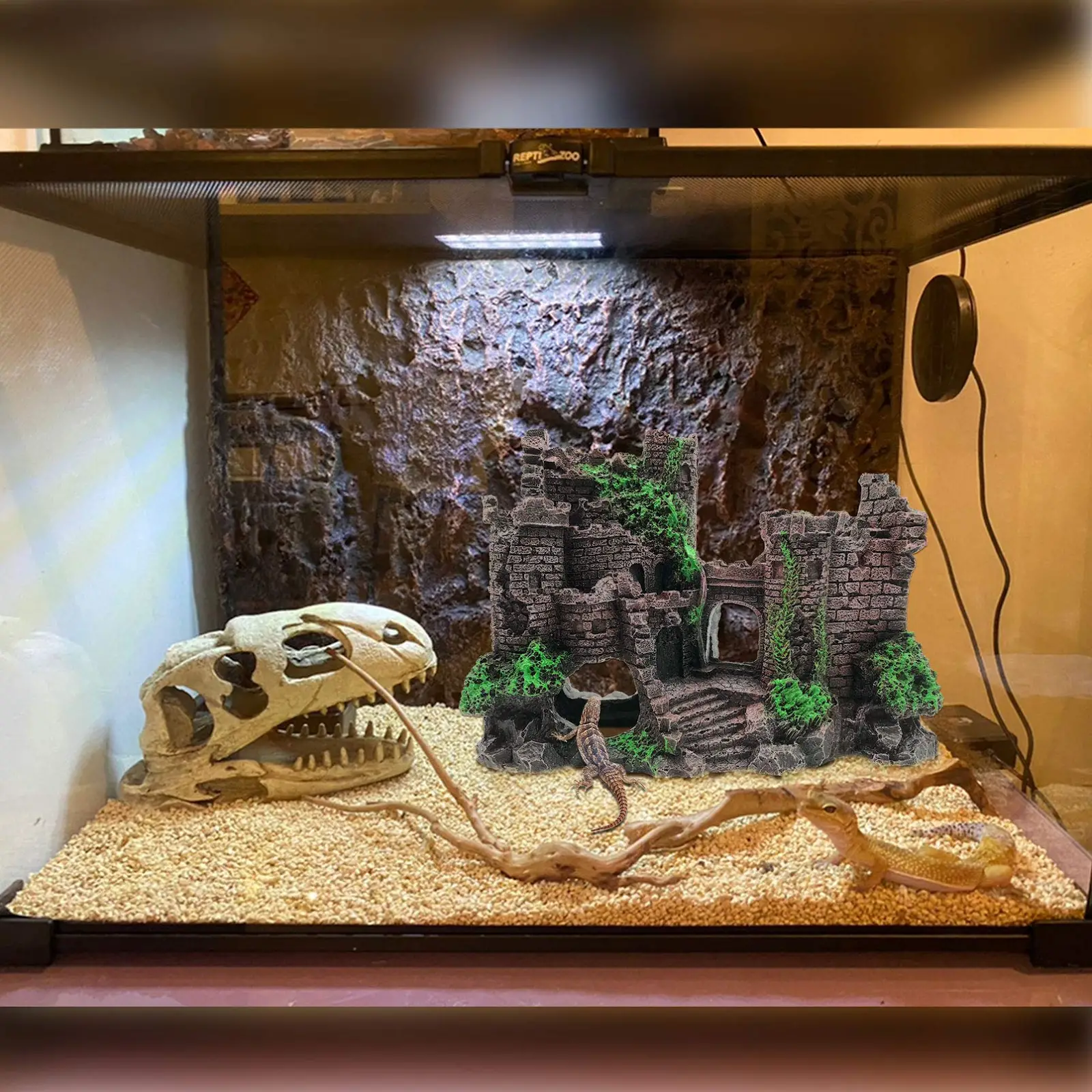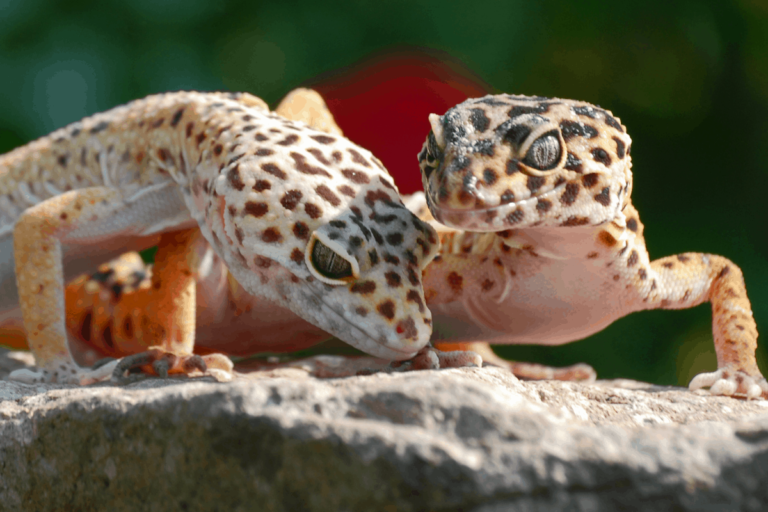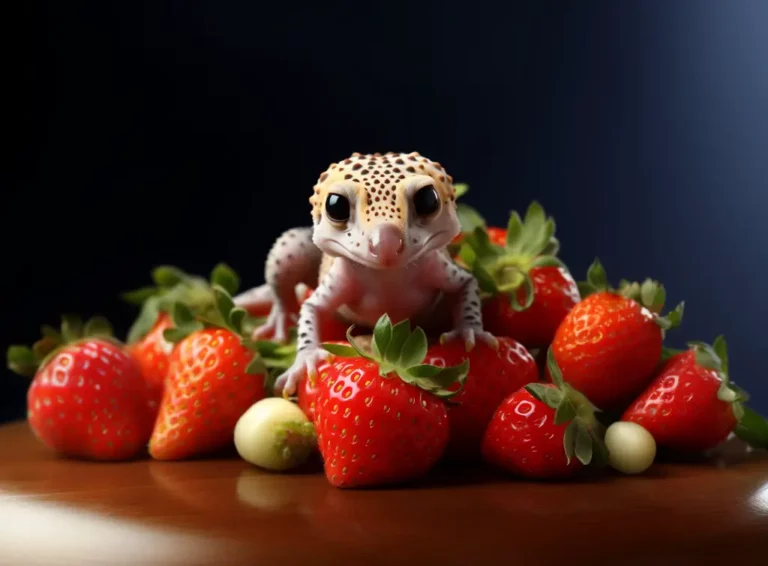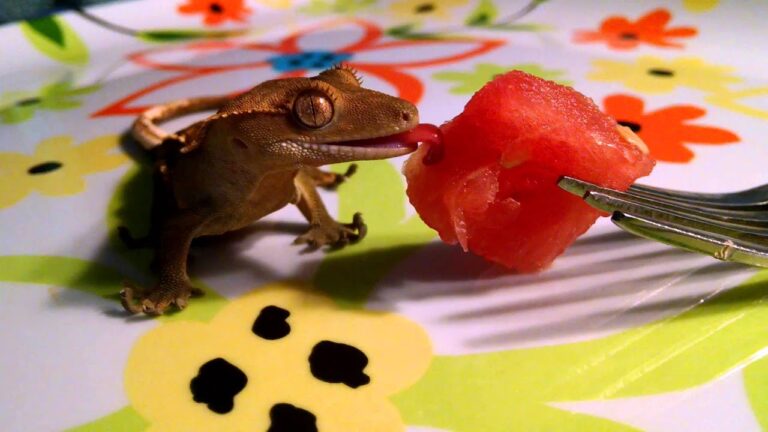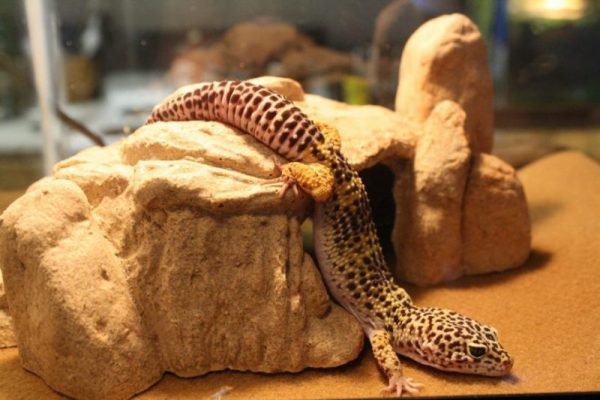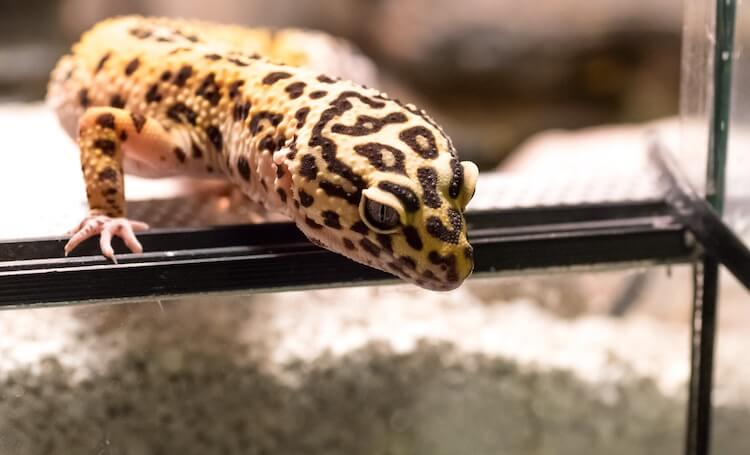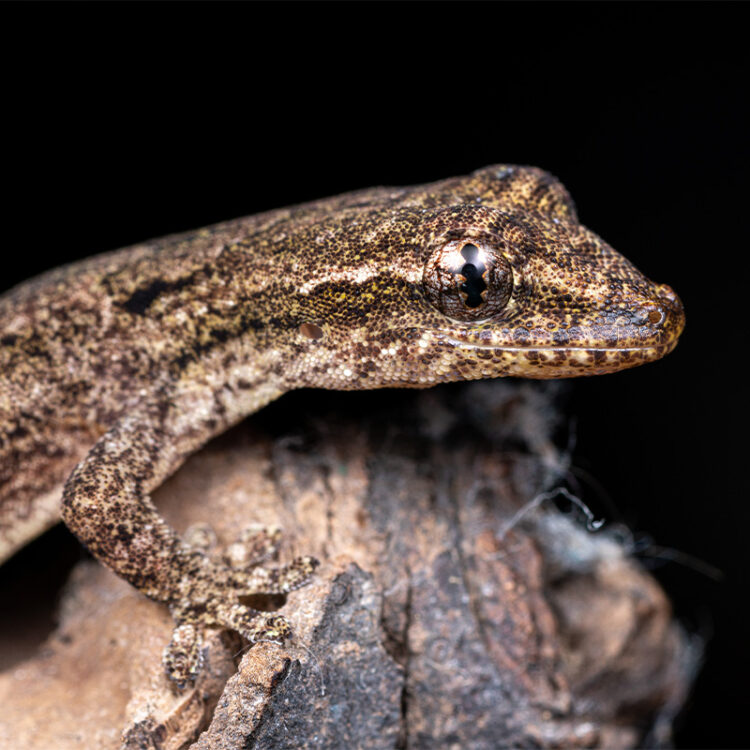How to Lower Humidity in Your Gecko Tank? Creating the Perfect Habitat
As I stepped into the world of reptile keeping, the mystique of geckos drew me in like a moth to a flame. Their delicate beauty and intriguing behaviors made me an instant enthusiast.
Anyway, I remember the day I brought home my, Gizmo. Those tiny, charming creatures fascinated me, but soon enough, I faced a puzzling challenge – humidity control in the tank.
Therefore, Gizmo was the cutest thing, but his tank’s humidity was all over the place. Too much moisture, and he could get sick; too little, and it was equally bad. Striking that balance was tricky, but I was determined to give Gizmo the best care possible.
Like me if you also face this kind of problem must try this technique:
- Increase Tank Ventilation
- Manage Room Humidity
- Mini Dehumidifier In The Tank
- Substrate Selection
- Water Dish Placement
- Remove Live Plants
- Low-wattage ceramic Heat Emitter
- Dry Rice in Socks
So, let’s get start the journey together.
What Is Humidity?
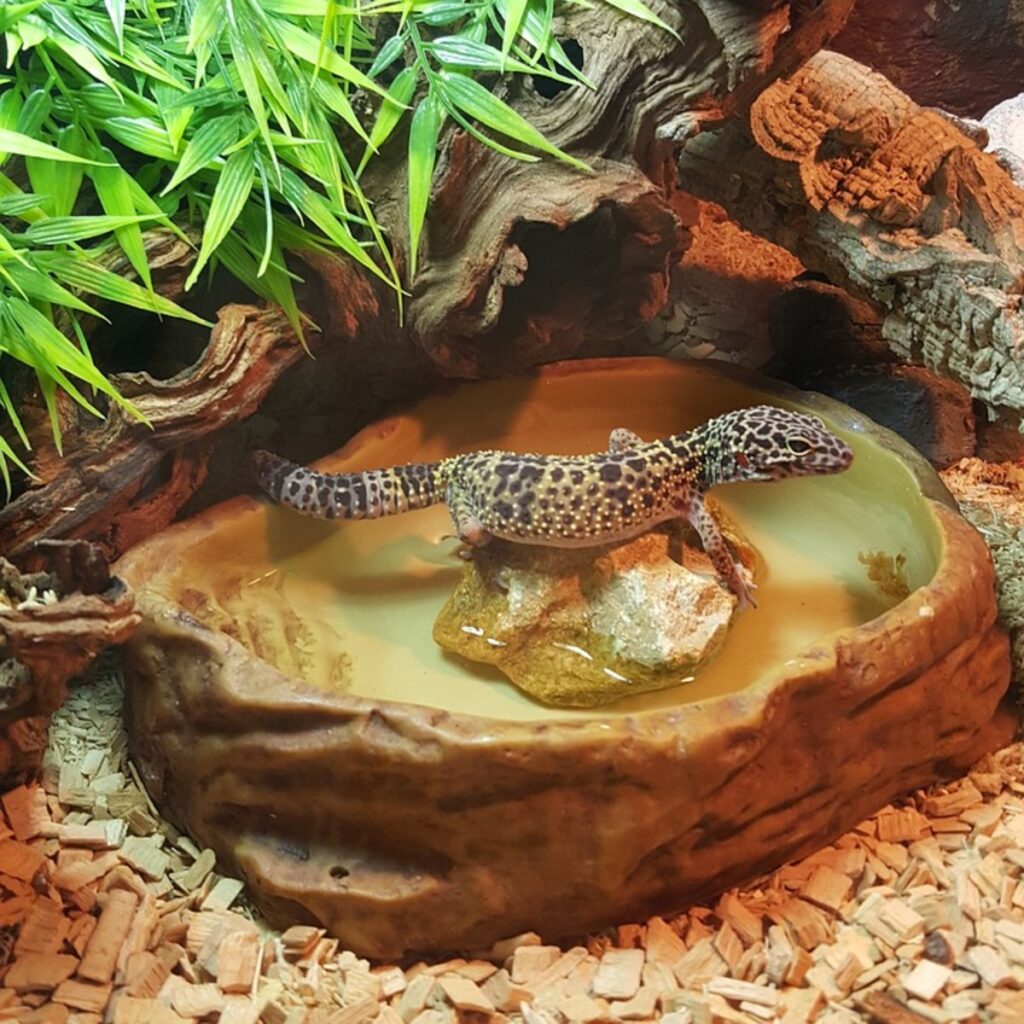
Humidity is about how much water is in the air. When there’s a lot of water in the air, we say it’s humid, and it feels sticky. When there’s less water, it’s not humid, and it feels dry.
Also, it matters because it affects how we feel in different weather. On hot, humid days, it can feel even hotter, and on dry days, it might feel cooler.
Inside the tank, humidity is important too. Too much can cause problems like mold, and too little can make our skin dry. So, we need to balance it to feel comfortable and stay healthy.
Why Humidity Levels Are Important For Leopard Gecko Health?
Humidity levels are vital for the health of leopard geckos because these reptiles originate from arid regions such as Afghanistan, Iran, Iraq, and northwest India.
Also, replicating their natural habitat within a captive environment is pivotal for their well-being, encompassing factors like temperature and levels.
Then, failure to closely mimic these natural conditions can profoundly impact their health and overall quality of life. Take, for instance, the scenario where humidity levels within your Leopard gecko’s enclosure consistently exceed the appropriate range. This can potentially lead to severe respiratory ailments, pneumonia, and skin-related infections.
Conversely, elevated it can serve as a catalyst for the proliferation of harmful fungi and bacteria within the tank, setting the stage for additional health concerns.
On the flip side, inadequate levels within the habitat can result in an array of health challenges. These include difficulties with shedding, dehydration, and an increased vulnerability to infections.
Detecting Excess Humidity in Your Leopard Gecko’s Tank
While a hygrometer is an ideal tool for monitoring humidity, when it is above 40%, you can still gauge humidity levels without one. Look out for these telltale signs indicating that the tank might be too humid for your Leopard gecko:
Foggy or Steamy Appearance: If the tank’s interior appears misty or foggy, it’s a clear indication of excessive humidity. This steamy atmosphere is not suitable for your gecko’s comfort.
Condensation on Tank Sides: Observe the sides for condensation droplets. If you notice moisture running down the glass, humidity levels are likely higher than desired.
Perfect Humidity Balance for Leopard Geckos
Maintaining the ideal humidity level within leopard gecko vivariums is a crucial aspect of replicating their natural, arid habitat. The target range for humidity typically falls between 30% and 40%, aligning harmoniously with the dry and semi-desert regions they originate from.
Nevertheless, it’s essential to acknowledge that humidity levels can occasionally spike above 50%, especially during brief periods such as rainy seasons or the nightly hours. This temporary elevation in humidity mirrors the natural fluctuations leopard geckos encounter.
However, vigilant monitoring is imperative when sustained high humidity becomes a prolonged issue. Extended periods of excessive humidity can lead to severe health complications for your leopard gecko. Therefore, maintaining a balanced and arid environment is vital to their well-being.
Recognizing the Telltale Signs of Humidity Issues
Humidity levels in your leopard gecko’s enclosure are far from mere matters of comfort – they can spell the difference between a thriving pet and a perilous situation. If you haven’t acquainted yourself with the most prevalent health concerns that threaten your leopard gecko, I strongly recommend you educate yourself on these ailments and learn how to safeguard your beloved reptile.
Indications of Excessive Humidity
1. Respiratory Distress: When the humidity within your leopard gecko’s habitat skyrockets, it can lead to serious respiratory issues. It may exhibit signs such as wheezing, coughing, or labored breathing. Unusual noises and visible signs of breathing difficulties should not be taken lightly.
2. Heightened Infection Risk: Excessive moisture within the tank fosters the growth of harmful bacteria and fungi, substantially elevating the risk of infections. Be on the lookout for telltale signs such as swelling, skin discoloration, or the presence of a foul odor.
3. Mold and Mildew Proliferation: High humidity creates a breeding ground for mold and mildew in your gecko’s enclosure, endangering both your pet and your own health. Keep a vigilant eye for any moldy patches on the substrate, decorations, or tank walls.
Indications of Insufficient Humidity
1. Shedding Woes: Low humidity levels can lead to problematic shedding for it. This may manifest as dry, brittle skin, hindering the shedding process.
2. Dehydration Dangers: Inadequate can result in dehydration for your gecko. Signs of dehydration include sunken eyes, wrinkled or loose skin, lethargy, decreased activity levels, and a diminished appetite.
3. Dry, Flaky Skin: It can render your pet’s skin dry, flaky, and lackluster in appearance. This can also render them more susceptible to skin irritations and infections.
4. Impaction Risks: They rely on a modicum of humidity for healthy digestion. When their environment is excessively dry, they may struggle to pass waste, potentially leading to impaction. Indicators of impaction encompass bloating, constipation, and loss of appetite.
Best Ways To Reduce Humidity In A Leopard Gecko Tank
1. Increase Tank Ventilation: Ensure your enclosure has a mesh top to facilitate air circulation. Alternatively, consider placing a USB fan within the tank to improve airflow. The AmazonBasics 3 Speed Air Circulator is a stellar choice with adjustable settings for optimal comfort.
2. Manage Room Humidity: Recognize that room humidity impacts your gecko’s enclosure. Boost natural airflow by opening windows or strategically placing a fan outside the tank. If needed, invest in a compact room dehumidifier like the Pro Breeze Electric Dehumidifier for efficient moisture removal.
3. Mini Dehumidifier In The Tank: For precise control, place a mini dehumidifier directly in the enclosure. The Eva Dry Wireless Mini Dehumidifier is cost-effective and adept at absorbing excess moisture using crystallized silica gel technology.
4. Substrate Selection: Opt for low-humidity substrates like paper towels, reptile carpets, shelf liners, or tile flooring. To further reduce humidity, try placing dry rice socks inside the tank, which can absorb moisture and lower humidity by 5-10%.
5. Water Dish Placement: To prevent water evaporation, position the water dish on the cool side of the enclosure. Consider using a smaller dish to limit the water volume if necessary.
6. Remove Live Plants: Live plants contribute to increased humidity. Replace them with artificial alternatives to maintain a controlled environment.
7. Low-Wattage Ceramic Heat Emitter: Achieve both heat regulation and humidity reduction with a low-wattage ceramic heat emitter. The AllCIOO Ceramic Heat Emitter, with its long-lasting, efficient performance, is an excellent choice.
8. Dry rice: Harness the power of dry rice to combat excess in your enclosure effortlessly. Placing dry rice in socks serves as a practical solution, reducing levels by a substantial 5-10%. This straightforward method ensures your enclosure maintains the perfect amount for your pet’s well-being.
How to monitor humidity level?
To maintain your reptile’s comfort within the optimal 30% to 40% humidity range, precise monitoring is essential.
Digital hygrometers take the lead in accuracy. While analog versions exist, digital hygrometers stand out for their readability and precision.
Also, Zoo Med Labs Digital Thermometer Humidity Gauge, is a top choice with a digital display and a waterproof probe. This dual-function digital hygrometer measures temperature and humidity in one device, saving you both time and space.
Alternatively, explore the Wireless Thermometer Hygrometer, which offers wireless app control for real-time temperature and humidity tracking. This compact and highly accurate monitor ensures hassle-free monitoring at your fingertips.
Identifying Low Humidity Levels in the Tank
To recognize when humidity levels are insufficient for your leopard gecko, start with a hygrometer reading below 20%. This clear indicator is the first signal that adjustments are needed.
However, it’s not just numbers; watch for more subtle signs like stunted growth, dehydration, and shedding difficulties. Leopard geckos in rapid growth phases, in particular, may struggle with shedding when humidity is inadequate. This condition, known as Dysecdysis, results from unsuccessful shedding and can lead to restricted blood flow, impacting the tail and vision.
Elevating Tank Humidity Effectively
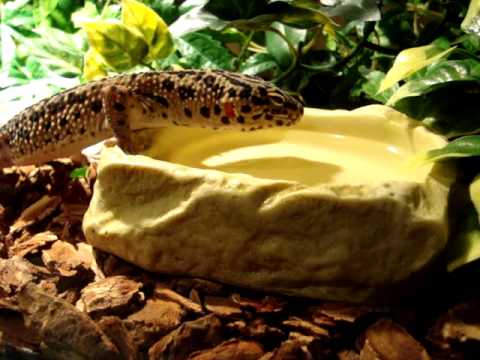
Boosting humidity in your gecko’s tank involves strategic measures:
Reduce Ventilation: Cover a significant portion of the tank’s screen and limit other openings to trap moisture inside and prevent it from escaping.
Ample Water Supply: Use a larger water bowl in the tank to facilitate more water evaporation. This step naturally elevates humidity levels.
Live Plants: Introduce live plants to the enclosure or opt for moisture-rich substrates, such as coconut coir.
Soil Substrate Maintenance: If using a soil substrate, maintain it properly. Ensure it’s at an adequate depth, around 3 inches, and periodically add a bit of water to prevent it from drying out excessively. Regularly mix the soil to distribute moisture evenly.
FAQs
Can Leopard Geckos Survive High Humidity?
No, Leopard geckos are adapted to arid environments and thrive in low to moderate humidity. High humidity can lead to health issues for them.
Should A Leopard Gecko’s Tank Be Humid?
Yes, Leopard geckos require a tank with low to moderate humidity levels (around 30-40%) to ensure their well-being.
Why Is The Humidity So High In My Leopard Gecko Tank?
High humidity in the gecko tank can result from factors like excessive water in the substrate, inadequate ventilation, or a water dish placed near a heat source.
Do I need to mist my Leopard Gecko?
No, Misting your leopard gecko is generally not necessary. They obtain their moisture from drinking water and do not require regular misting.
Why is my Leopard Gecko always in his humid hide?
If your gecko spends excessive time in its humid hide, it may indicate a preference for higher humidity, but it’s essential to ensure the overall tank maintains appropriate humidity levels for its well-being.
Final Words
In conclusion, my journey to find the best ways to lower humidity in my leopard gecko’s tank has been enlightening. Through diligent research and trial, I’ve discovered a range of effective strategies to maintain the ideal environment for my scaly friend.
So, I’ve come to appreciate the importance of proper ventilation, whether through a mesh top or a USB fan, in regulating humidity levels. The choice of substrate, from reptile carpets to tile flooring, has played a significant role in humidity control.
Additionally, the strategic placement of water dishes, the use of low-wattage ceramic heat emitters, and the ingenious method of employing dry rice in socks have all contributed to creating a comfortable and healthy habitat for my gecko.
By embracing these techniques and ensuring that room humidity is managed, I’ve not only lowered humidity effectively but also deepened my understanding of reptile care. My gecko now thrives in an environment tailored to its needs, and our bond has grown stronger.

